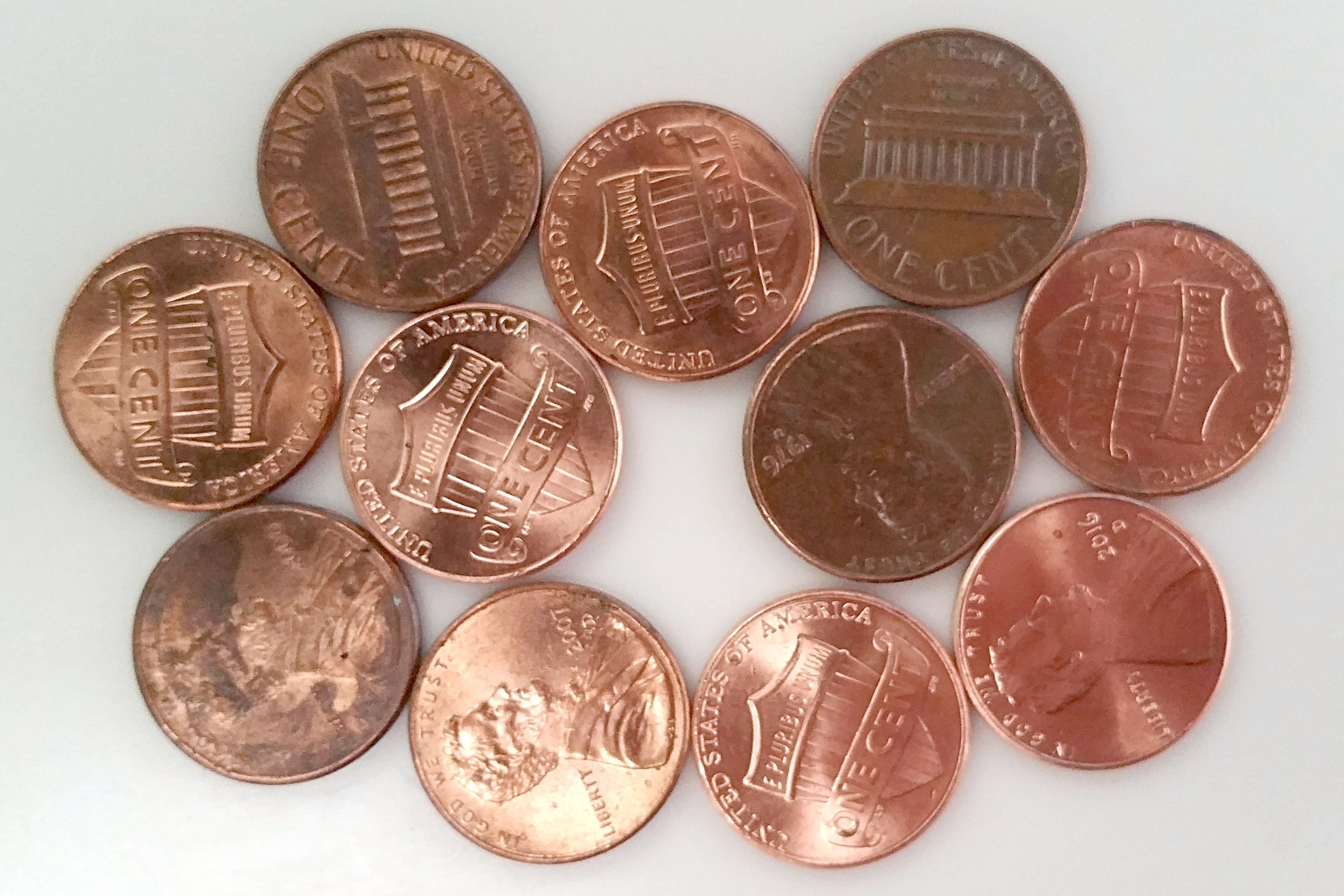|
Penny Graph
In geometric graph theory, a penny graph is a contact graph of unit circles. It is formed from a collection of unit circles that do not cross each other, by creating a vertex for each circle and an edge for every pair of tangent circles. The circles can be represented physically by Penny, pennies, arranged without overlapping on a flat surface, with a vertex for each penny and an edge for each two pennies that touch. Penny graphs have also been called unit coin graphs, because they are the Circle packing theorem, coin graphs formed from unit circles. If each vertex is represented by a point at the center of its circle, then two vertices will be adjacent if and only if their distance is the minimum distance among all pairs of vertices. Therefore, penny graphs have also been called minimum-distance graphs, smallest-distance graphs, or closest-pairs graphs. Similarly, in a mutual nearest neighbor graph that links pairs of points in the plane that are each other's Nearest neighbor gra ... [...More Info...] [...Related Items...] OR: [Wikipedia] [Google] [Baidu] |
